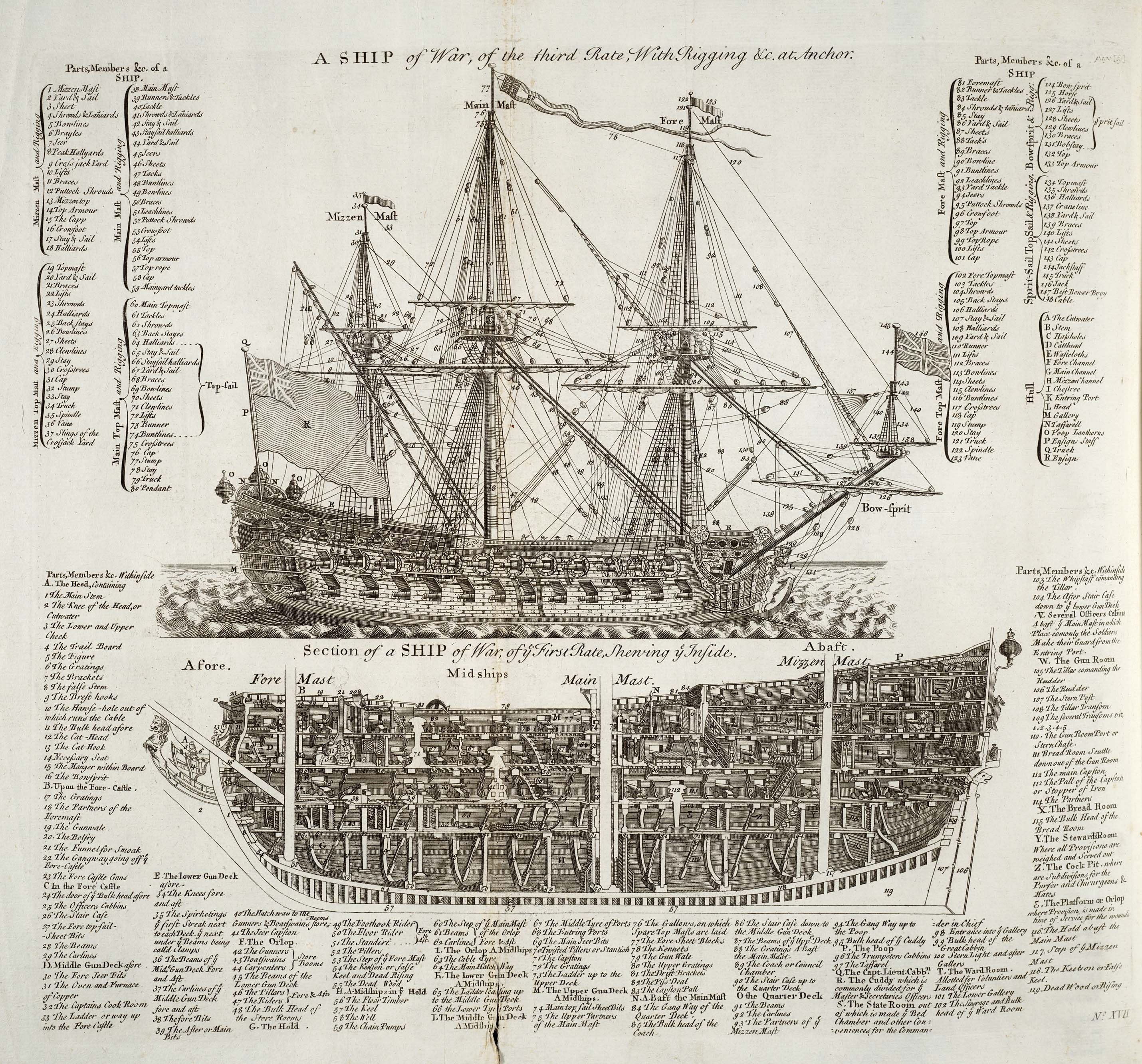|
Rate (other)
Rate or rates may refer to: Finance * Rates (tax), a type of taxation system in the United Kingdom used to fund local government * Exchange rate, rate at which one currency will be exchanged for another Mathematics and science * Rate (mathematics), a specific kind of ratio, in which two measurements are related to each other (often with respect to time) * Rate function, a function used to quantify the probabilities of a rare event * Reaction rate The reaction rate or rate of reaction is the speed at which a chemical reaction takes place, defined as proportional to the increase in the concentration of a product per unit time and to the decrease in the concentration of a reactant per uni ..., in chemistry the speed at which reactants are converted into products Military * Naval rate, a junior enlisted member of a navy * Rating system of the Royal Navy, a former method of indicating a British warship's firepower People * Ed Rate (1899–1990), American football play ... [...More Info...] [...Related Items...] OR: [Wikipedia] [Google] [Baidu] |
Rates (tax)
Rates are a type of property tax system in the United Kingdom, and in places with systems deriving from the British one, the proceeds of which are used to fund local government. Some other countries have taxes with a more or less comparable role, like France's . Rates by country Australia Local government authorities levy annual taxes, which are called council rates or shire rates. The basis on which these charges can be calculated varies from state to state, but is usually based in some way on the value of property. Even within states, individual local government authorities can often choose the specific basis of rates – for example, it may be on the rental value of houses (as in Western Australia) or on the unimproved land value (as in New South Wales). These rateable valuations are usually determined by a statutory authority, and are subject to periodic revision. Canada Rates are referred to as property taxes in Canada. These taxes are collected primarily by municipal gov ... [...More Info...] [...Related Items...] OR: [Wikipedia] [Google] [Baidu] |
Exchange Rate
In finance, an exchange rate is the rate at which one currency will be exchanged for another currency. Currencies are most commonly national currencies, but may be sub-national as in the case of Hong Kong or supra-national as in the case of the euro. The exchange rate is also regarded as the value of one country's currency in relation to another currency. For example, an interbank exchange rate of 114 Japanese yen to the United States dollar means that ¥114 will be exchanged for or that will be exchanged for ¥114. In this case it is said that the price of a dollar in relation to yen is ¥114, or equivalently that the price of a yen in relation to dollars is $1/114. Each country determines the exchange rate regime that will apply to its currency. For example, a currency may be floating, pegged (fixed), or a hybrid. Governments can impose certain limits and controls on exchange rates. Countries can also have a strong or weak currency. There is no agreement in the ec ... [...More Info...] [...Related Items...] OR: [Wikipedia] [Google] [Baidu] |
Rate (mathematics)
In mathematics, a rate is the ratio between two related quantities in different units. If the denominator of the ratio is expressed as a single unit of one of these quantities, and if it is assumed that this quantity can be changed systematically (i.e., is an independent variable), then the numerator of the ratio expresses the corresponding ''rate of change'' in the other (dependent) variable. One common type of rate is "per unit of time", such as speed, heart rate and flux. Ratios that have a non-time denominator include exchange rates, literacy rates, and electric field (in volts per meter). In describing the units of a rate, the word "per" is used to separate the units of the two measurements used to calculate the rate (for example a heart rate is expressed "beats per minute"). A rate defined using two numbers of the same units (such as tax rates) or counts (such as literacy rate) will result in a dimensionless quantity, which can be expressed as a percentage (for e ... [...More Info...] [...Related Items...] OR: [Wikipedia] [Google] [Baidu] |
Rate Function
In mathematics — specifically, in large deviations theory — a rate function is a function used to quantify the probabilities of rare events. It is required to have several properties which assist in the formulation of the large deviation principle. In some sense, the large deviation principle is an analogue of weak convergence of probability measures, but one which takes account of how well the rare events behave. A rate function is also called a Cramér function, after the Swedish probabilist Harald Cramér. Definitions Rate function An extended real-valued function ''I'' : ''X'' → , +∞defined on a Hausdorff topological space ''X'' is said to be a rate function if it is not identically +∞ and is lower semi-continuous, i.e. all the sub-level sets :\ \mbox c \geq 0 are closed in ''X''. If, furthermore, they are compact, then ''I'' is said to be a good rate function. A family of probability measures (''μ''''δ'')''δ'' >&n ... [...More Info...] [...Related Items...] OR: [Wikipedia] [Google] [Baidu] |
Reaction Rate
The reaction rate or rate of reaction is the speed at which a chemical reaction takes place, defined as proportional to the increase in the concentration of a product per unit time and to the decrease in the concentration of a reactant per unit time. Reaction rates can vary dramatically. For example, the oxidative rusting of iron under Earth's atmosphere is a slow reaction that can take many years, but the combustion of cellulose in a fire is a reaction that takes place in fractions of a second. For most reactions, the rate decreases as the reaction proceeds. A reaction's rate can be determined by measuring the changes in concentration over time. Chemical kinetics is the part of physical chemistry that concerns how rates of chemical reactions are measured and predicted, and how reaction-rate data can be used to deduce probable reaction mechanisms. The concepts of chemical kinetics are applied in many disciplines, such as chemical engineering, enzymology and environmental en ... [...More Info...] [...Related Items...] OR: [Wikipedia] [Google] [Baidu] |
Naval Rate
A navy, naval force, or maritime force is the branch of a nation's armed forces principally designated for naval and amphibious warfare; namely, lake-borne, riverine, littoral, or ocean-borne combat operations and related functions. It includes anything conducted by surface ships, amphibious ships, submarines, and seaborne aviation, as well as ancillary support, communications, training, and other fields. The strategic offensive role of a navy is projection of force into areas beyond a country's shores (for example, to protect sea-lanes, deter or confront piracy, ferry troops, or attack other navies, ports, or shore installations). The strategic defensive purpose of a navy is to frustrate seaborne projection-of-force by enemies. The strategic task of the navy also may incorporate nuclear deterrence by use of submarine-launched ballistic missiles. Naval operations can be broadly divided between riverine and littoral applications (brown-water navy), open-ocean applications (blu ... [...More Info...] [...Related Items...] OR: [Wikipedia] [Google] [Baidu] |
Rating System Of The Royal Navy
The rating system of the Royal Navy and its predecessors was used by the Royal Navy between the beginning of the 17th century and the middle of the 19th century to categorise sailing warships, initially classing them according to their assigned complement of men, and later according to the number of their carriage-mounted guns. The rating system of the Royal Navy formally came to an end in the late 19th century by declaration of the Admiralty. The main cause behind this declaration focused on new types of gun, the introduction of steam propulsion and the use of iron and steel armour which made rating ships by the number of guns obsolete. Origins and description The first movement towards a rating system may be seen in the 15th century and the first half of the 16th century, when the largest carracks in the Navy (such as the ''Mary Rose'', the '' Peter Pomegranate'' and the '' Henri Grâce à Dieu'') were denoted "great ships". This was only on the basis of their roughly-es ... [...More Info...] [...Related Items...] OR: [Wikipedia] [Google] [Baidu] |
Ed Rate
Ed, ed or ED may refer to: Arts and entertainment * ''Ed'' (film), a 1996 film starring Matt LeBlanc * Ed (''Fullmetal Alchemist'') or Edward Elric, a character in ''Fullmetal Alchemist'' media * ''Ed'' (TV series), a TV series that ran from 2000 to 2004 Businesses and organizations * Ed (supermarket), a French brand of discount stores founded in 1978 * Consolidated Edison, from their NYSE stock symbol * United States Department of Education, a department of the United States government * Enforcement Directorate, a law enforcement and economic intelligence agency in India * European Democrats, a loose association of conservative political parties in Europe * Airblue (IATA code ED), a private Pakistani airline * Eagle Dynamics, a Swiss software company Places * Ed, Kentucky, an unincorporated community in the United States * Ed, Sweden, a town in Dals-Ed, Sweden * Erode Junction railway station, station code ED Health and medicine * Eating disorder, mental disorders defi ... [...More Info...] [...Related Items...] OR: [Wikipedia] [Google] [Baidu] |
José Carlos Rates
José Carlos Rates (19 February 1879 – 21 January 1961) was the first General Secretary of the Portuguese Communist Party, after the Party's foundation in 1921. Rates was chosen, in 1923, to lead the Party by the delegate of the Communist International in Portugal Portugal, officially the Portuguese Republic, In recognized minority languages of Portugal: :* mwl, República Pertuesa is a country located on the Iberian Peninsula, in Southwestern Europe, and whose territory also includes the Macaronesian ..., Jules Humbert-Droz, after several problems inside the newly founded Party. He was replaced by Bento Gonçalves, in 1929, and later left the party. He joined the National Union in 1931. References External linksAdesão à União Nacional de José Carlos Rates Portuguese Communist Party politicians National Union (Portugal) politicians Former Marxists 1879 births 1961 deaths {{Portugal-politician-stub ... [...More Info...] [...Related Items...] OR: [Wikipedia] [Google] [Baidu] |
Peter Of Rates
Peter of Rates ( pt, Pedro de Rates), also known in English as Peter of Braga, is traditionally considered to be the first bishop of Braga between the years AD 45 and 60. Tradition says he was ordered to preach the Christian faith by James the Great, and that Peter of Rates was martyred while attempting to convert the locals to the Christian faith in northern Portugal. The ancient ''Breviary of Braga'' (''Breviarium Bracarense'') and the ''Breviary of Evora'' hold that Peter of Rates was a disciple of James and preached at Braga. However, the Bollandists say that this claim is "purely traditional." Vol. 2. New York: Robert Appleton Company, 1907. 14 November 2021 Life The document holds that James ...[...More Info...] [...Related Items...] OR: [Wikipedia] [Google] [Baidu] |
Rate (building)
The Building Act 1774 (formally known as the Fires Prevention (Metropolis) Act 1774) was an Act passed in 1774 by the Parliament of Great Britain to consolidate earlier legislation and to regulate the design and construction of new buildings in London. The provisions of the Act regulated the design of new buildings erected in London and elsewhere in Great Britain and Ireland in the late Georgian period. The 1774 Act standardised the quality and construction of buildings and made the exterior of a building as fire-proof as possible, by restricting any superfluous exterior timber ornamentation except for door frames and shop fronts. The Act placed buildings into classes or "rates" defined by size and value, with a code of structural requirements for the foundations and external and party walls for each of the rates. It mandated inspection of new buildings by building surveyors to ensure rules and regulations were applied. The Act also brought into being the first legislation ... [...More Info...] [...Related Items...] OR: [Wikipedia] [Google] [Baidu] |
Rates (Póvoa De Varzim)
Rates () is a Portuguese parish and a former township located in the municipality of Póvoa de Varzim. The population in 2011 was 2,505,Instituto Nacional de Estatística (INE) Census 2011 results according to the 2013 administrative division of Portugal in an area of 13.90 km².Áreas das freguesias, concelhos, distritos e país /ref> The township has records dating to the 13th century and, still today, it preserves landmarks such as the t ... [...More Info...] [...Related Items...] OR: [Wikipedia] [Google] [Baidu] |
.jpg)





